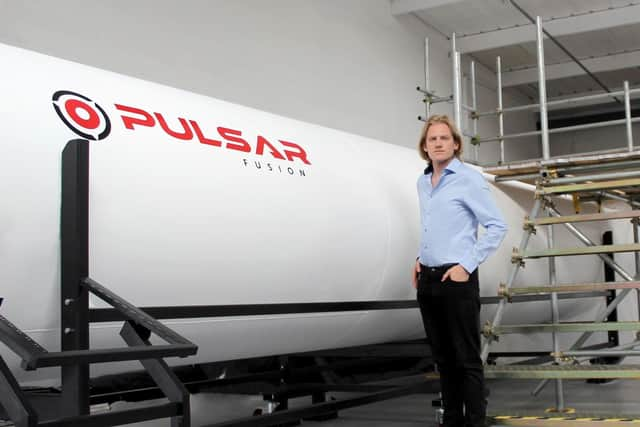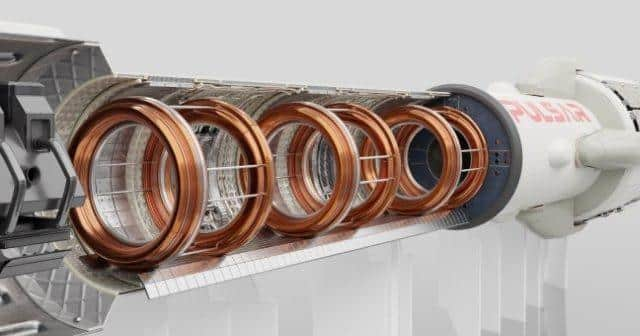Milton Keynes company builds amazing Star Trek-style space rocket that could reach Mars in just 30 days
and live on Freeview channel 276
Behind the doors of an ordinary-looking industrial unit in MK, an incredible project to build one of the world’s fastest space rockets is taking place.
The Star Trek-style interstellar rocket is just eight metres long but will be capable of shooting through the solar system and reaching Mars in just 30 days, reaching speeds of up to 500,000mph.
Advertisement
Advertisement
It’s the brainchild of scientists from Pulsar Fusion, a start-up company based of Granby Court industrial area in Bletchley.


Sandwiched between carpet suppliers and car parts stores, the company is working on a large nuclear fusion facility that generates a plasma temperature hotter than the surface of the sun.
The Pulsar boffins are using this new nuclear fusion technology, combined with AI, for the rocket engine, which will travel so fast that it will cut the travel time to Mars could from up to nine months to just one month. It could reduce the flight time to Saturn from eight years to just two.
And it will be ready to fire by 2027.
Pulsar Fusion CEO Richard Dinan is a former Made in Chelsea star whos ambition is to harness nuclear technology to power a host of space exploration and advanced clean energy innovations.


Advertisement
Advertisement
A nuclear entrepreneur and author The Fusion Age, he said the project is the culmination of several years work by himself and a team of "talented clean nuclear visionaries".
He told The Engineer magazine this week: “Our current satellite engines we make today at Pulsar, produce up to 25 miles per second in exhaust speeds. We hope to achieve over 10 times that with fusion.
“If the Pulsar rocket test can achieve fusion temperatures at its demonstration to aerospace partners in 2027, then the technology has the potential to half mission times to Mars, reduce flight time to Saturn from eight years to two and ultimately empower humanity to leave our solar system."
Richard added: “We begin early firings in 2025, we will be able to know if we are on the right track. Pulsar would then need to conduct a test firing in orbit.
"To the fusion community, AI truly does have the potential to allow us to achieve engines capable of interstellar space travel.”